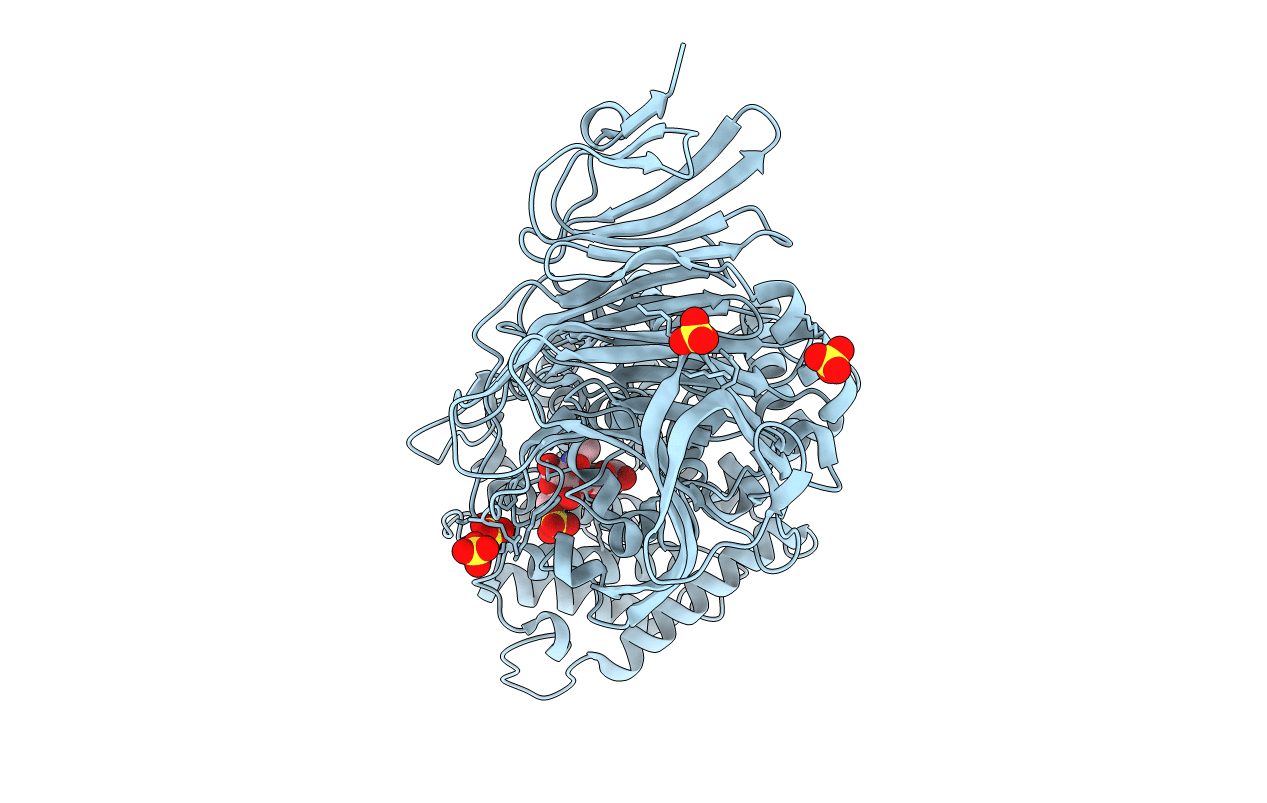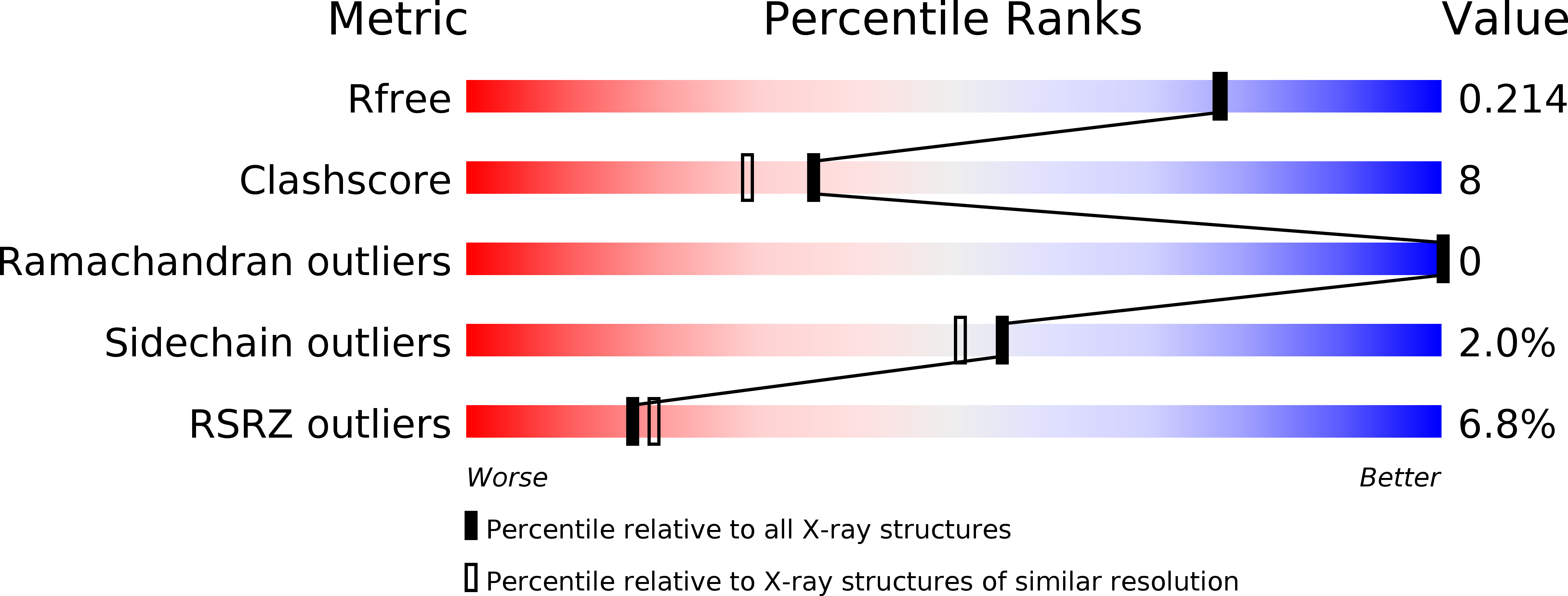
Deposition Date
2003-07-11
Release Date
2003-10-30
Last Version Date
2023-12-13
Entry Detail
PDB ID:
1OJP
Keywords:
Title:
SPECIFICITY AND MECHANISM OF STREPTOCOCCUS PNEUMONIAE HYALURONATE LYASE: COMPLEX WITH 6-SULPHATED CHONDROITIN DISACCHARIDE
Biological Source:
Source Organism:
STREPTOCOCCUS PNEUMONIAE (Taxon ID: 1313)
Host Organism:
Method Details:
Experimental Method:
Resolution:
1.90 Å
R-Value Free:
0.22
R-Value Work:
0.19
R-Value Observed:
0.19
Space Group:
P 21 21 21


